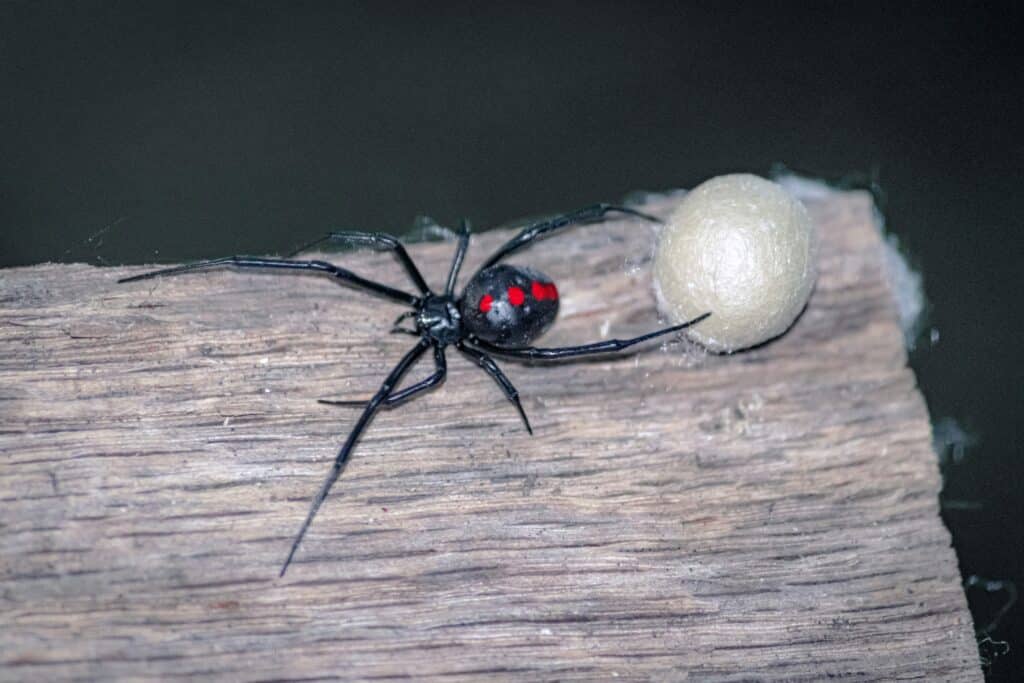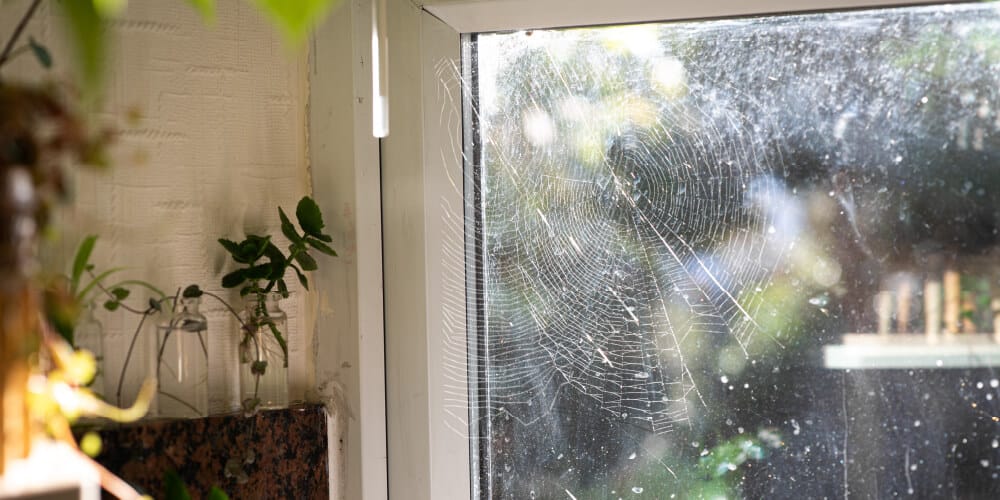
If you’ve noticed an increase in spider activity indoors, you’re not alone. Many homeowners see more spiders inside their homes at certain times of the year.
This article will explore the seasonal patterns of spider activities indoors and explain the reasons behind these patterns. Knowing why and when spiders are most active can make it easier for you to manage them and create a more comfortable living space!
When Are Spiders Most Active Indoors?
Spiders are most active indoors during the late summer and fall. While you may see them throughout the year, these months tend to bring the highest number of indoor sightings. Here’s why:
- Mating season: Many spider species begin their mating season in late summer. Male spiders start to wander in search of female spiders. This often leads them indoors, where they may be more noticeable as they move around looking for mates.
- Temperature drops: As temperatures start to drop in the fall, spiders look for warmer environments. Your home provides a stable, warm environment, making it an attractive place for them to settle.
- Hunting for food: Spiders move indoors in search of prey. During late summer and fall, other insects are also seeking warmth, leading spiders to follow their food source indoors.
What is the Season for Peak Spider Activity Indoors?
Spiders are particularly active in the fall season, but it’s important to know that they’ve likely been in your home for much longer. Here’s why they suddenly become more visible in the fall:
- Mature spiders: By fall, many spiders have reached full maturity. They’re larger and more noticeable as they move around your home. Their size and activity make them easier to spot.
- Searching for mates: As mentioned earlier, male spiders are actively searching for females during the fall. This search can lead them to more open areas of your home, where you’re more likely to see them.
- Nest building: Female spiders may be preparing to lay eggs, leading them to build webs in less-disturbed areas of your home. You may notice more webs in corners, basements, or attics during this time.
4 Tips for Managing Spider Activity Indoors

Seeing more spiders indoors can be unsettling, but there are steps you can take to manage their presence. Here are four practical tips to mage spider activities:
- Keep your home clean: Regular cleaning reduces the number of insects that spiders feed on. Vacuuming, dusting, and removing cobwebs can discourage spiders from settling in.
- Seal entry points: Spiders often enter through small cracks and openings. Inspect your home for gaps around windows, doors, and the foundation. You can use caulk or weather stripping to seal these entry points.
- Reduce clutter: Spiders like to hide in dark, cluttered areas. Keeping your home organized and reducing clutter can limit their hiding spots.
- Ensure outdoor maintenance: Trim bushes, trees, and plants away from your home’s exterior. Spiders often build webs in these areas and may find their way inside if vegetation is too close.
What to Do During Peak Spider Activity
During peak spider activity in the fall, you might still find more spiders than you’re comfortable with. Here’s how to handle this:
- Identify and monitor: Keep an eye on where spiders are most active in your home. Identifying the type of spider can help determine if they pose any threat. There are both good and bad spiders, so it’s good to know what you’re dealing with.
- Remove webs regularly: Regularly removing webs can discourage spiders from staying. Use a vacuum or broom to clear away webs, especially in less-used areas of your home.
- Consider professional help: If you’re dealing with a significant spider problem, it may be time to consult spider exterminators. Professionals can assess the situation and provide spider pest control services to manage spider populations.
Don’t Let Spiders Take Over Your Home – Get Aptive Pest Control Today

If spiders are becoming a regular sight in your home, it’s essential to address the issue quickly. Here at Aptive, we offer pest control services tailored to your home and needs.
Contact us today to schedule an inspection and discuss how we can help you manage spider activity in your home!









